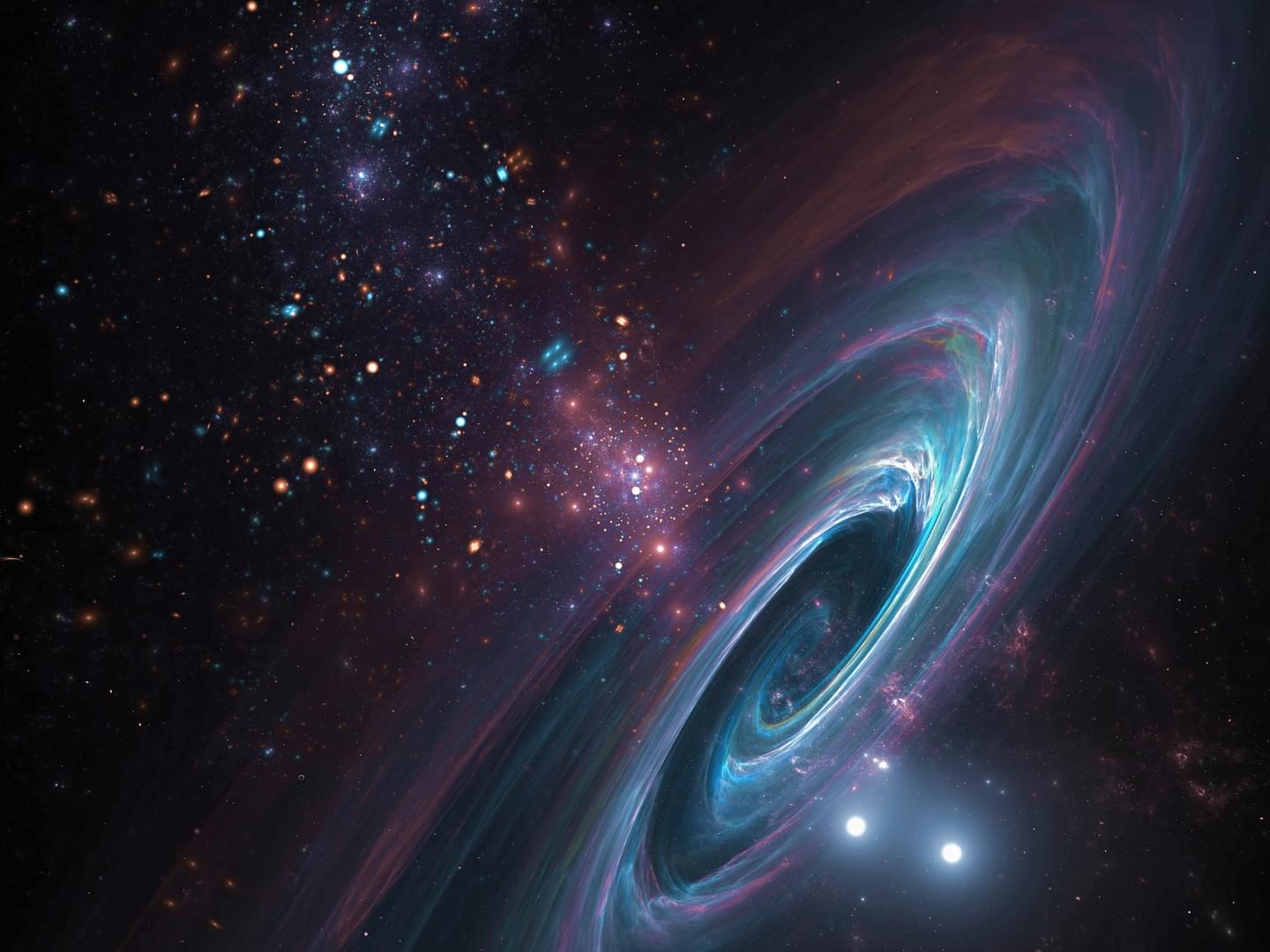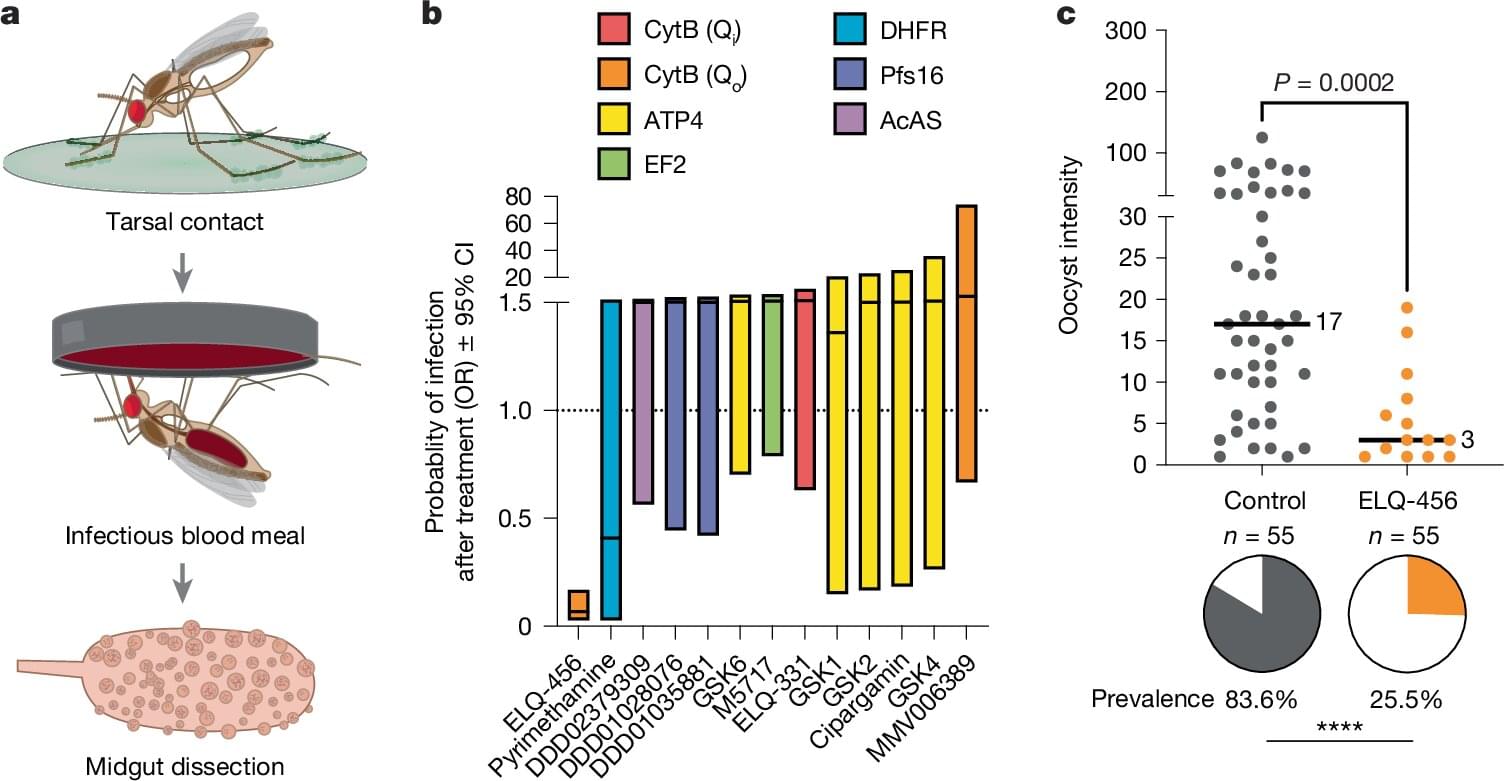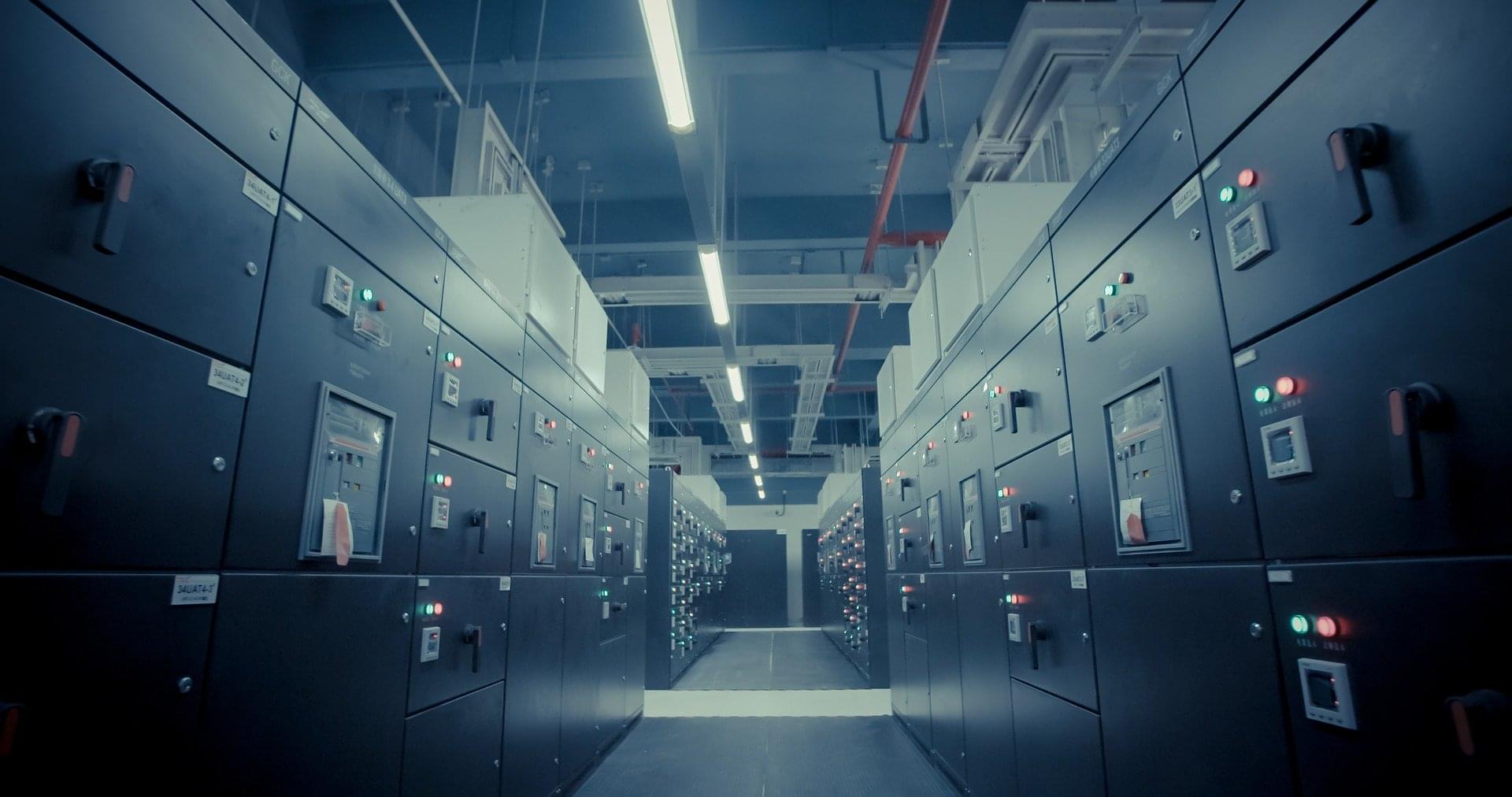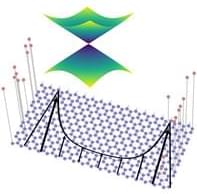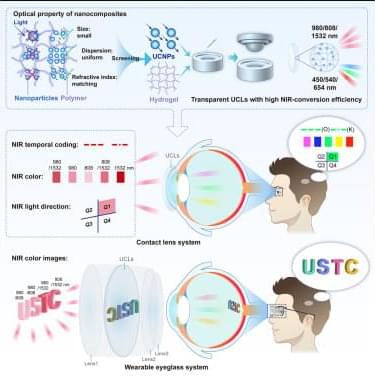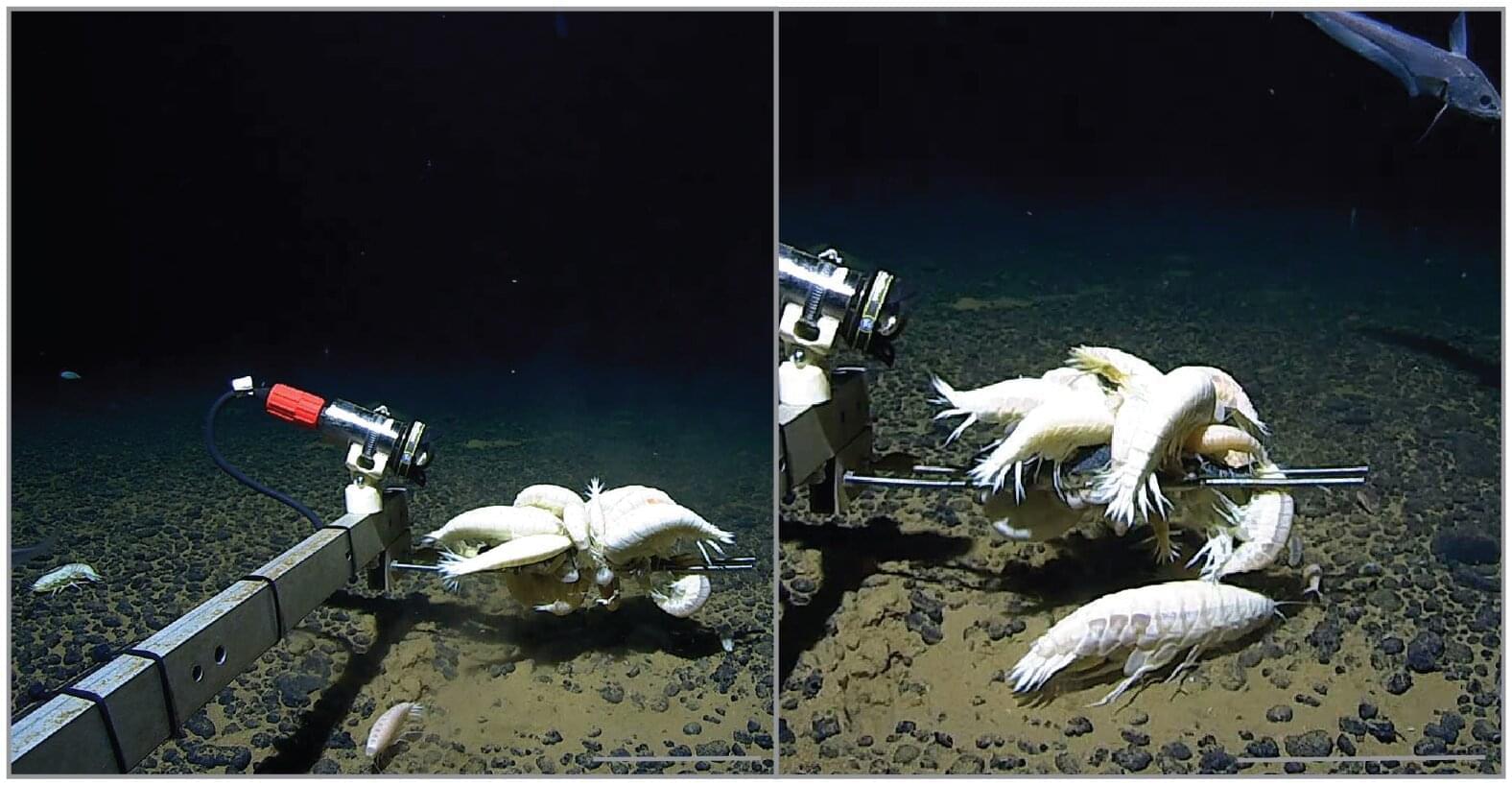Science has done many things that seem miraculous. Why not transfer your consciousness to a machine?
Scientists calculated the lifespan of celestial objects to figure out how long the universe has before it vanishes and it’s a lot sooner than we thought.
Researchers have identified a type of chemical compound that, when applied to insecticide-treated bed nets, appears to kill the malaria-causing parasite in mosquitoes.
Published in the journal Nature, the multi-site collaborative study represents a breakthrough for a disease that continues to claim more than half a million lives worldwide every year. A lab at Oregon Health & Science University played a key role, and the National Institute of Allergy and Infectious Diseases, of the National Institutes of Health, supported the research.
Michael Riscoe, Ph.D., professor of molecular microbiology and immunology in the OHSU School of Medicine, designed and synthesized the anti-malarial drugs, termed ELQs, that were then screened in the lab of Flaminia Catteruccia, Ph.D., the study’s senior author and Irene Heinz Given Professor of Immunology and Infectious Diseases at the Harvard T.H. Chan School of Public Health.
Alex de Vries-Gao, a PhD candidate at VU Amsterdam Institute for Environmental Studies, has published an opinion piece about the results of a simple study he conducted involving the possible amount of electricity used by AI companies to generate answers to user queries. In his paper published in the journal Joule, he describes how he calculated past and current global electricity usage by AI data centers and how he made estimates regarding the future.
Recently, the International Energy Agency reported that data centers were responsible for up to 1.5% of global energy use in 2024—a number that is rising rapidly. Data centers are used for more things than crunching AI queries, as de Vries-Gao notes. They are also used to process and store cloud data, notably as part of bitcoin mining.
Over the past few years, AI makers have acknowledged that running LLMs such as ChatGPT takes a lot of computing power. So much so, that some of them have begun to generate their own electricity to ensure their needs are met. Over the past year, as de Vries-Gao notes, AI makers have become less forthcoming with details regarding energy use. Because of that, he set about making some estimates of his own.
A quantum Monte Carlo calculation shows that the hydrodynamic behavior of the charge current at graphene’s charge neutrality point can emerge despite the absence of momentum flow.
Based on the principle of refractive index matching, highly transparent upconversion contact lenses (UCLs) with a high concentration of upconversion nanoparticles (UCNPs) were developed. These lenses efficiently convert multispectral near-infrared (NIR) light into the three primary visible colors, enabling humans to acquire wearable NIR color vision.
A tech experiment replaced every employee with AI agents in a simulated company. What unfolded inside the digital office surprised even the researchers. The real story goes far beyond the hype.
A new model of quark–gluon plasma finds that the strong force was more potent in the early Universe than previously thought.
Alicella gigantea, a rarely sighted giant crustacean that inhabits the depths of the ocean and can reach up to 34 cm in length, is not rare after all. This species, though elusive, is one of the most widely distributed species of its kind, inhabiting and thriving in more than half of the world’s oceans across the globe, as per a recent Royal Society Open Science paper by researchers from the University of Western Australia.
Amphipods like A. gigantea are shrimp-like crustaceans known for their narrow frames and a signature hump-backed curl in their posture. Found in nearly every aquatic habitat on Earth, amphipods are one of the most diverse crustacean orders, with over 10,000 known species. They roam the deep sea, from the abyssal depths (3,000–6,000 m) to beyond hadal zones (6,000 m), but their number significantly decreases as we dive deeper towards the ocean bed.
The first sighting of a 28 cm-long A. gigantea was captured on camera at a depth of 5,304 meters in the abyssal North Pacific, though its identity remained unknown at the time. Subsequent captures eventually confirmed the species as A. gigantea.

